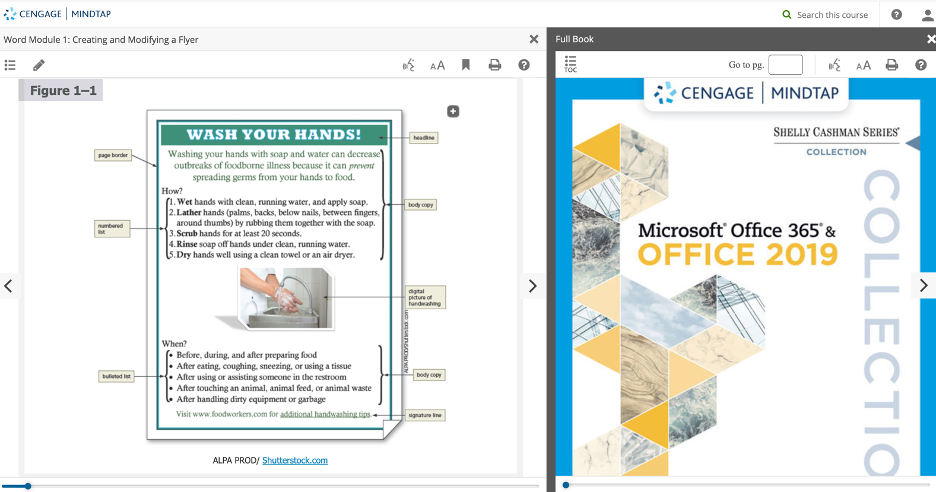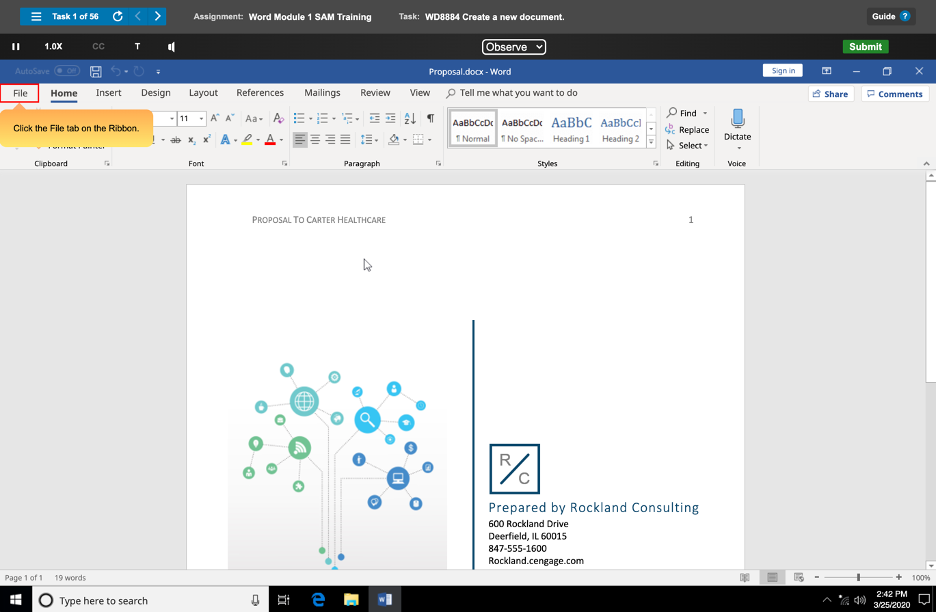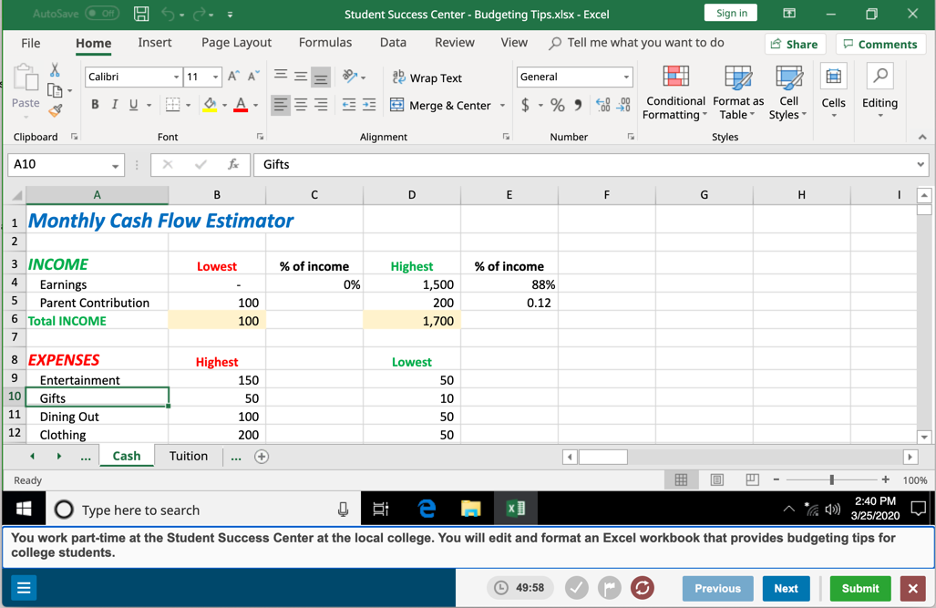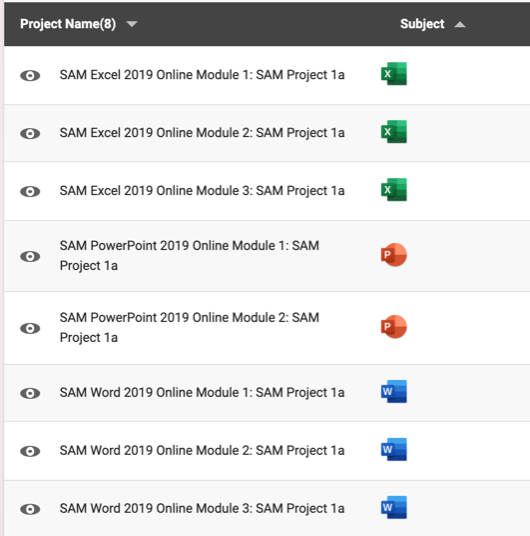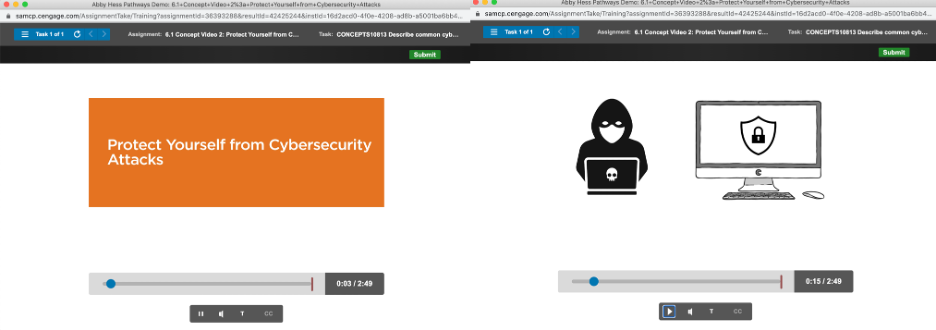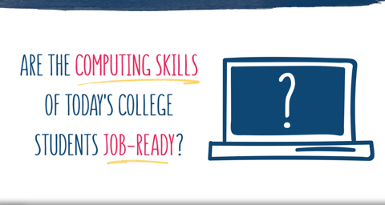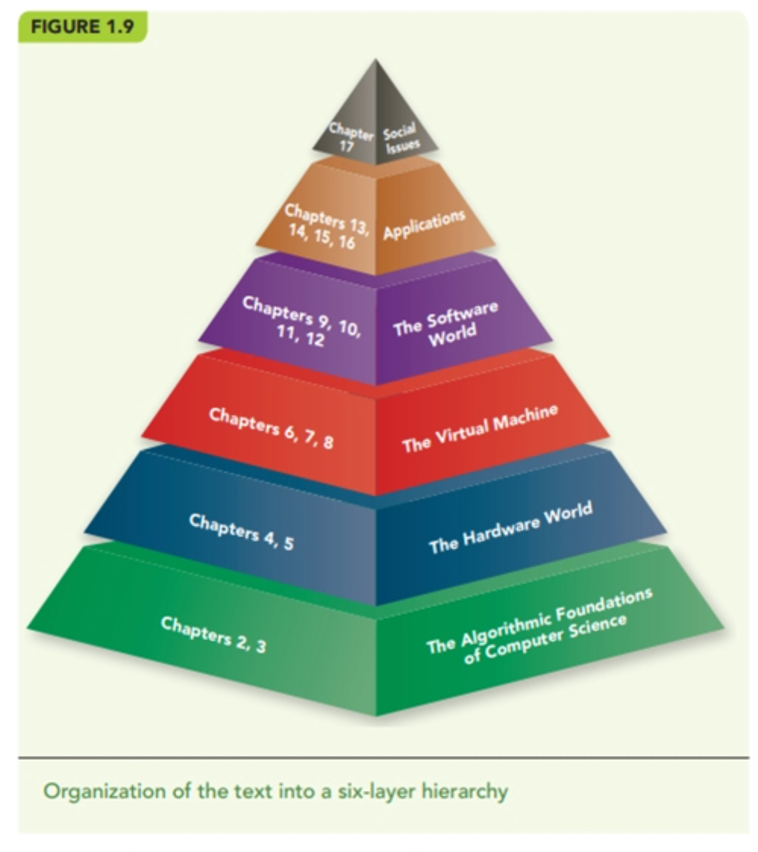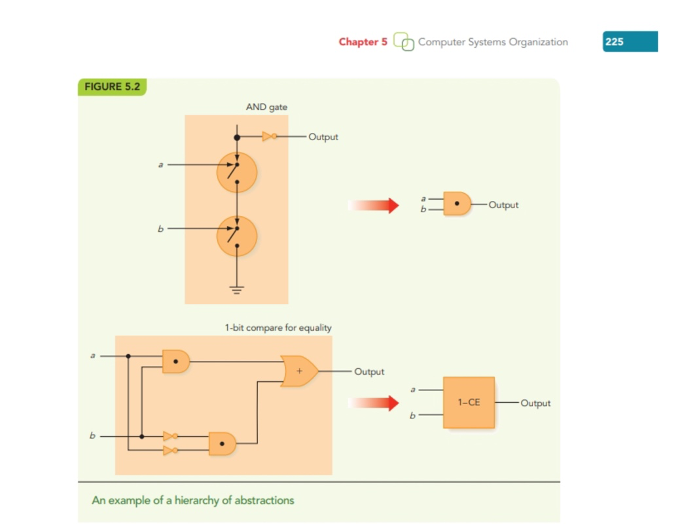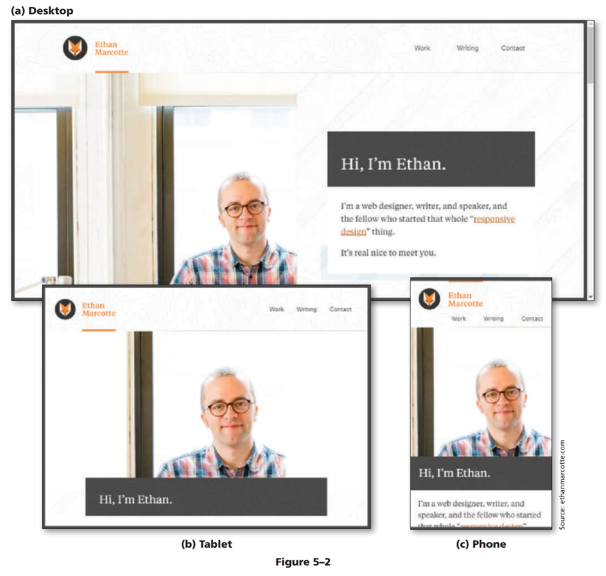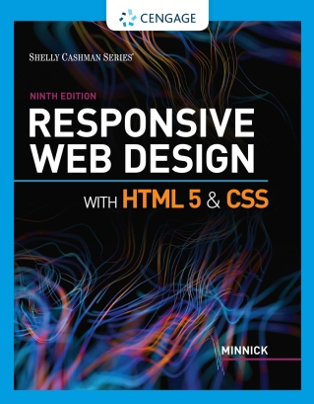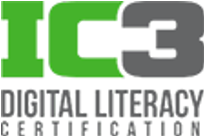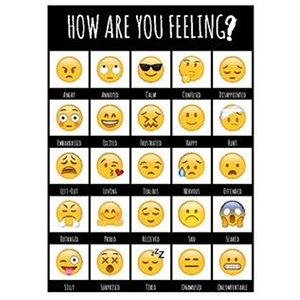CTE Career Journeys – Digital Designer
Abigail Hess
Associate Product Marketing Manager • Career and Technical Education • National Geographic Learning | Cengage
The Career and Technical Education (CTE) Career Journeys series is aimed to shed light on current career trends as they align to student career clusters. In this series installation, we have interviewed Stephanie Cwalina, a Digital Designer in the Arts, A/V Technology & Communications career cluster. Stephanie shares with us the career journey that lead her to her current role with Eaton Vance. She dives into how her current role interfaces with other job functions, what she enjoys best about her position, the challenges of the job, how she expects the industry to change over the next decade, and advice for current high school students. This series also offers career outlook data collected from the U.S. Bureau of Labor Statistics.
Interview information
Name: Stephanie Cwalina
Title: Digital Designer
Career Cluster: Arts, A/V Technology & Communications
Company: Eaton Vance
Additional Career Highlight Information
Career Outlook: 3% (Slower than average)
Average Salary: $50,370 per year
Education Needed: Bachelors Degree in Graphic Design or a related field. However, people who have a bachelor’s degree in another field may complete technical training in graphic design to meet most hiring qualifications.
*All career outlook data is collected from the U.S. Bureau of Labor Statistics

Question and Answer with Stephanie Cwalina
Q: Describe your career journey, how did you earn your current title? Please include any required education, certifications, skills, or personal qualities you believe helped you achieve your current role. How did you decide this industry is where you would like to work?
A: I received my BFA in Graphic Design and Digital Arts. I started going to school for Graphic Design, where I ended up taking some of the Digital Arts courses as electives. I really enjoyed them, which encouraged me to double major. Digital Arts includes courses like 3D animation, 2D animation, and web production whereas Graphic Design is more of a broad discipline where you can do anything from print to web to digital.
After college, I worked as a magazine designer for three years before deciding to go into marketing design, because there were many job opportunities and it was a strong sector to work in. The cool thing about marketing is that almost any company has a marketing department. So you can work in pretty much any industry. So far, I’ve worked in tech, education, and am now in the finance industry. It’s been helpful to have such a broad range of experience and has allowed me to work on a wide range of projects.
Any job requires soft skills, but for designers, being able to collaborate and communicate with a broad range of teams is essential. From the very beginning of a project, it is important to speak with your coworkers or clients to understand what they expect from their creative request. Then when you receive edits or feedback, later on, you will need to be able to work together to get to the root of what they really want out of the project and collaborate for the best outcome.
Being able to accept criticism is also a huge part of being a designer or working in any creative field. There will be times when clients do not like your work, so you have to develop a very thick skin. It’s important to be able to analyze and take something constructive from whatever they say and to use that to create something better or more in line with what they are looking for.
Q: How does your role interact with other others? (co-workers, customers/patients/clients, other companies/organizations, and the community?)
A: There’s often a lot of collaboration within a design department depending on where you work. Design teams push each other to do better work and feed off of each other’s ideas. In marketing, I primarily work with writers and marketing managers, who are basically my clients. Often as a designer, it will improve your work to collaborate with the writer because sometimes their headline might inspire you to design something a certain way or the reverse, you might want them to modify some of their message to better fit your design. So that back and forth with writers is especially important so that you are doing work that complements each other.
Q: What do you like best about your current role
A: It’s a nice and collaborative environment and I have friendly co-workers, which really helps make it fun to go into work every day.
Q: What kind of challenges do you come up against in your current role?
A: I think a big challenge with design is that it’s subjective. There are, of course, general design rules regarding things like readability. However, when designing a project from scratch, there is often no one “right” answer, which can make it easy to second guess yourself.
Q: How do you expect your role or industry to change over the next decade? The next few years?
A: To start, design trends are continuously evolving, and that’s never going to change. It’s impossible to know which aspects of today’s design will look dated in the future and which will stay relevant, but it’s important for designers to pay attention to what is trending to make sure that our work stays fresh.
Additionally, as technology changes, digital design will always be changing along with it. For example, when I first started to learn web design, we were primarily viewing websites on our computers. The designer essentially only had to design one view of the website, and it was a much simpler process. Now we view websites on our computers, phones, tablets, etc., so web design involves designing the same page multiple times for different devices and aspect ratios while making sure that you have a design that is consistent and successful on each device.
There’s no way to know what new technology will be created in the future, but it is certain that as technology evolves, design and the design process will have to evolve with it.
Q: What advice would you give a high school student who is interested in working in your industry?
A: Don’t be afraid to experiment and start learning. It can be discouraging if your work isn’t groundbreaking right away, but the more you design and play around, the better you’ll get. Some of the best designs I’ve created took a lot of time and analysis before I was able to get them to work.
I would also suggest looking for design inspiration in different places: read a design magazine or find a brand that you think is effective and look at their website or follow them on Instagram to see the posts they put out. It’s important to know what’s trending and to analyze the work of others to figure out what makes that awesome design work.




